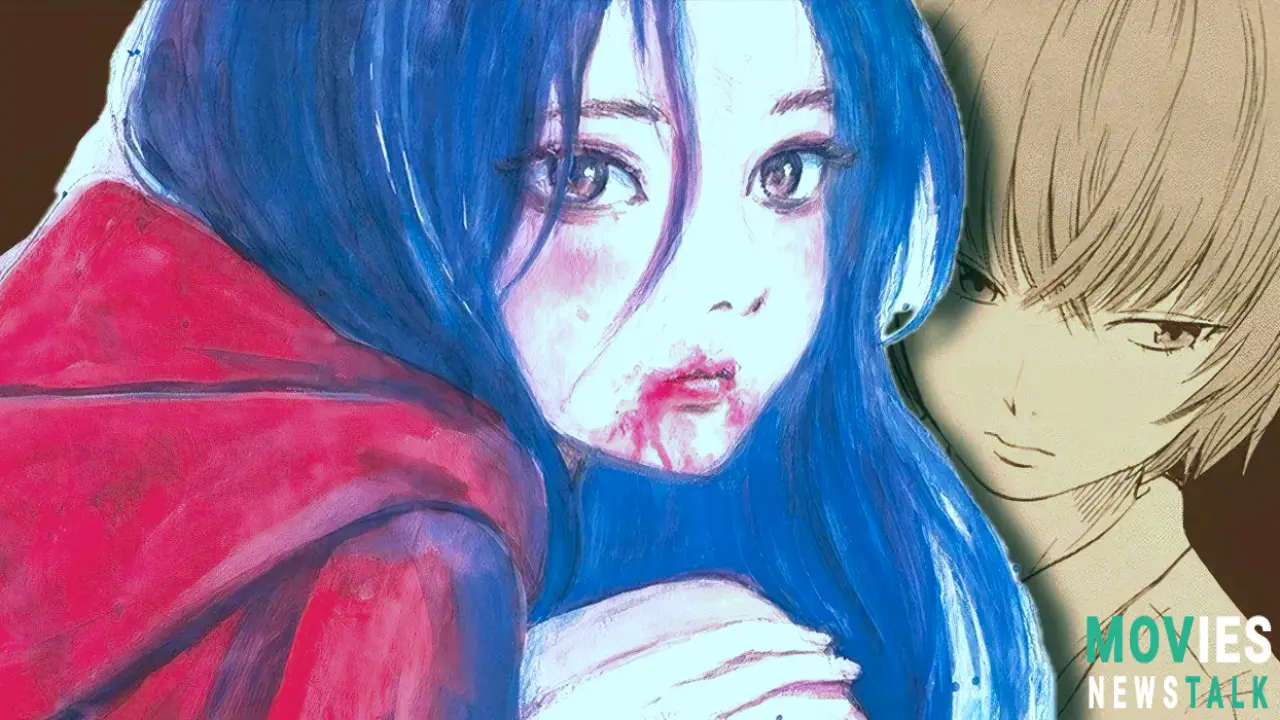Creeped Out Yet? Why Shuzo Oshimi's Horror Manga Is Perfect for Halloween!
Beyond Junji Ito: Discovering the Masterful Horror of Shuzo Oshimi
Let's be honest, when it comes to horror manga, Junji Ito is usually the name that comes up first. His works are iconic! Just look at the popularity (and controversy!) of the recent Uzumaki anime. But there's another master of horror, a seriously underrated talent named Shuzo Oshimi, whose terrifying stories are perfectly timed for Halloween. And we need more people to pay attention, this is serious talent. He's already achieved an amazing degree of popularity, creating an amazing cult following among his fanbase and it's time for more people to actually consider what is already out there; his works are easily one of the better horror offerings.
Oshimi creates seriously unsettling and psychologically disturbing works. The Flowers of Evil, Happiness, and the recently finished Blood on the Tracks; and these are just some of many stories creating this eerie yet highly popular atmosphere.These themes deal with change; maturity, and that psychological aspect of navigating life and adolescence; but the terrifying parts remain grounded, surprisingly intimate – something distinctly Oshimi. He also created many compelling themes which showcase his ability in creating strong story concepts. Only The Flowers of Evil has an anime adaptation (a wildly experimental one from 2013), and many other of his manga truly deserve that attention!
Why Oshimi's Horror Is Different (and Terrifyingly Effective!)
Cosmic horror dominates the horror manga scene, but Oshimi completely deviates. That popular style and those elements mostly seen in that genre focus around these kinds of otherworldly entities, but Oshimi delivers intensely psychological horror! The scares aren’t some random monster popping up but a subtle dread that impacts each character deeply – very human flaws resulting in various problems these people face! The tension’s intimate, focused and deeply personal.
The Flowers of Evil is the best example. It is that unnerving coming-of-age tale centered on adolescence; the unsettling loss of innocence. That psychological slow burn of that loss is truly frightening. He often touches upon many difficult themes; in Blood on the Tracks this centers around struggling through childhood and dealing with abuse; Happiness blends horror with those key supernatural elements that turn those issues into something much larger! And in Welcome Back, Alice there are intensely personal, honest takes on gender. It’s never simplistic.
Oshimi isn't a fan of big scary monsters or shocking gore – instead, his skill is making mundane human behavior horrific. It is extremely creative to approach the mundane from that viewpoint. It’s far more effective than random gore –His ability to depict twisted, terrifying facial expressions alone delivers intense psychological fear that leaves people deeply impacted.
The Mundanity of Horror: Why Oshimi’s Work Resonates
That grounded reality adds so much toOshimi’swork. Instead of those fantastical horrors from some other works – it focuses on being human, which is really terrifying! Many stories are set within simple Japanese towns, those “monsters” aren’t aliens but actual, ordinary individuals with severe and complex human flaws, creating truly unnerving yet compelling experiences; far surpassing expectations that are typically established with simpler narratives within those simpler genres and often predictable story arcs.The possibility of what ordinary people can become are really more frightening than any outlandish monster.
Conclusion: Oshimi's Underrated Horror is Your Perfect Halloween Treat
Shuzo Oshimi completely sets himself apart in the realm of manga. He creates slower-burn psychological horror, generating completely unique works compared to the more typically expected experiences created through popular narratives involving larger monsters. That intimate psychological take offers those slow-burning chills perfect for this spooky season – the scary stuff’s rooted in humanity –and that alone creates much higher emotional intensity.

